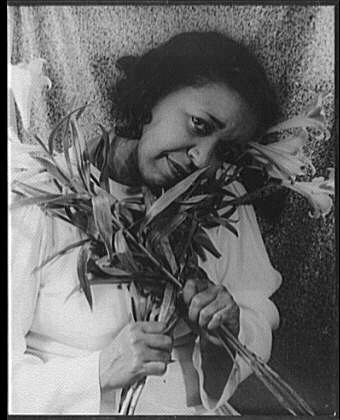Nehemiah Curtis James was born near Yazoo
City, Mississippi, in 1902. James was raised just south of the Mississippi
Delta near Bentonia, on the Whitehead plantation, where his mother was the
plantation cook. James’s friends named him “Skippy” due to his peculiar style
of dancing. Skip’s father, a guitar-playing bootlegger, abandoned his family
when Skip was a young boy.
In 1931, after years of work as a laborer,
bootlegger, and sometimes musician, James entered a singing competition at a
store in Jackson, Mississippi. James had just begun to play his song, “Devil
Got My Woman,” when he was awarded the prize-a train ticket to Grafton,
Wisconsin, and a recording session with Paramount Records.
Paramount was famous for the poor quality
of its recordings, and sadly, many fine performances were poorly recorded by
the label, including those by James. James recorded several songs with guitar during
his first session, and eight piano songs during the second session. James
recalls recording 26 sides in all, though only 18 have been found. Among the
classic recordings he made at those sessions were, “Devil Got My Woman,” “I’m
So Glad,” “Hard Time Killing Floor Blues,” “22-20 Blues,” and “Special Rider Blues.”
James was only paid 40 dollars for his efforts, and as the recordings were made during the height of the depression, only a few sides were ever released. Disillusioned with the music business, James quit and turned to religion. Little is known about his life during the 33 years between his Paramount recordings and his rediscovery in the mid-Sixties.
James was only paid 40 dollars for his efforts, and as the recordings were made during the height of the depression, only a few sides were ever released. Disillusioned with the music business, James quit and turned to religion. Little is known about his life during the 33 years between his Paramount recordings and his rediscovery in the mid-Sixties.
James played his first show in 33 years at
the 1964 Newport Folk Festival. His performance was a brilliant one and it
seemed that his powers were still completely intact despite his long lay off.
Many believed that James performance at the festival topped all others who
appeared.
Despite his huge popularity at Newport,
James did not have a recording deal. When Cream recorded “I'm So Glad” on their
Fresh Cream album, James, now ailing, used his royalties to get into a good
hospital in Washington, DC, where he could have the surgery that extended his
life by three years.
James recorded the excellent albums, “Today!”
(1966) and “Devil Got My Woman” (1968). James died in 1969, in Philadelphia.










